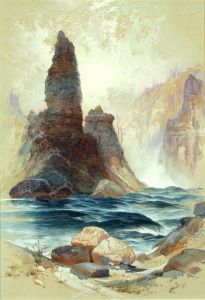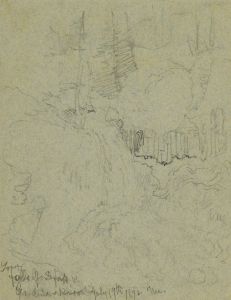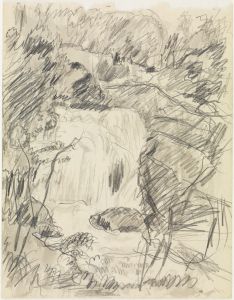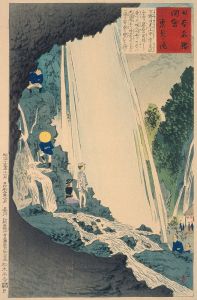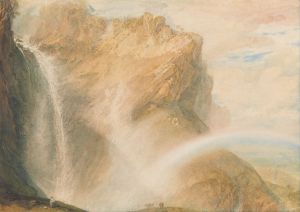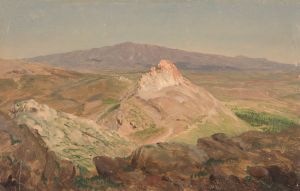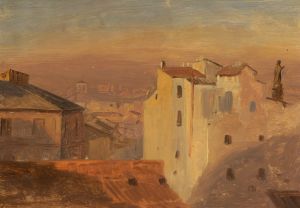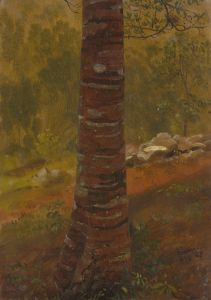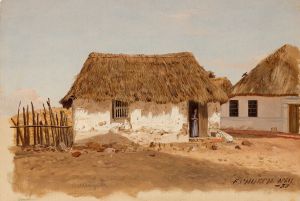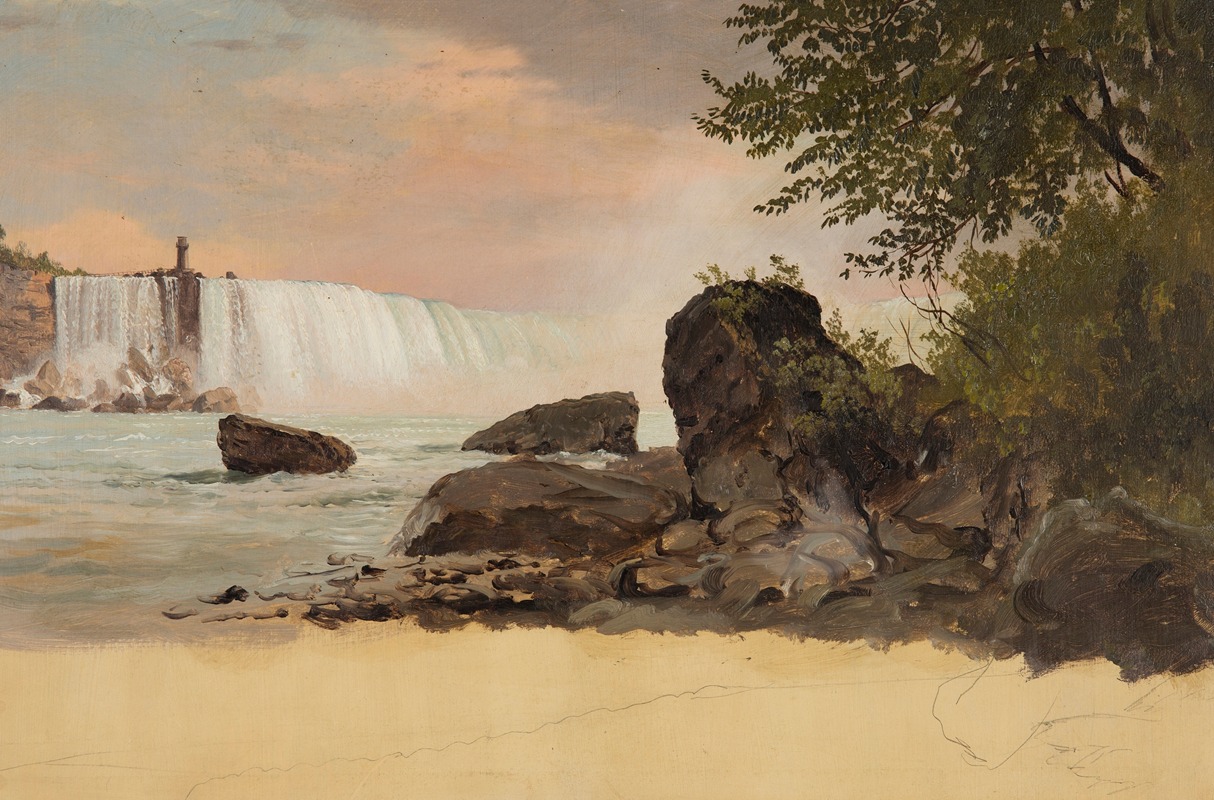
View of the Canadian Falls and Goat Island
A hand-painted replica of Frederic Edwin Church’s masterpiece View of the Canadian Falls and Goat Island, meticulously crafted by professional artists to capture the true essence of the original. Each piece is created with museum-quality canvas and rare mineral pigments, carefully painted by experienced artists with delicate brushstrokes and rich, layered colors to perfectly recreate the texture of the original artwork. Unlike machine-printed reproductions, this hand-painted version brings the painting to life, infused with the artist’s emotions and skill in every stroke. Whether for personal collection or home decoration, it instantly elevates the artistic atmosphere of any space.
Frederic Edwin Church's View of the Canadian Falls and Goat Island is a painting created by the prominent American landscape artist Frederic Edwin Church, a leading figure of the Hudson River School. This artistic movement, active during the mid-19th century, was known for its detailed and romanticized depictions of the American wilderness, often emphasizing the sublime and spiritual qualities of nature.
The painting portrays a dramatic view of the Canadian side of Niagara Falls, one of North America's most iconic natural landmarks, along with Goat Island, which separates the American Falls from the Horseshoe Falls. Church's work captures the immense power and grandeur of the cascading water, a subject that had fascinated both artists and tourists during the 19th century. Niagara Falls was a popular destination for travelers and a symbol of the untamed beauty of the New World, making it a fitting subject for Church, who was deeply inspired by nature's majesty.
Church was known for his meticulous attention to detail and his ability to render light, atmosphere, and natural phenomena with striking realism. In this painting, he likely employed his characteristic techniques, including precise brushwork and the use of luminous colors, to convey the dynamic movement of the water and the mist rising from the falls. His depiction of the scene reflects both his technical skill and his ability to evoke an emotional response from viewers, emphasizing the awe-inspiring scale and power of the natural world.
While the exact date of the painting's creation is not specified, Church's interest in Niagara Falls is well-documented. He painted several views of the falls throughout his career, including his famous 1857 work Niagara, which is housed in the Corcoran Collection at the National Gallery of Art in Washington, D.C. These works contributed to his reputation as one of the foremost landscape painters of his time.
As with many of Church's paintings, View of the Canadian Falls and Goat Island likely reflects the artist's broader engagement with themes of exploration, discovery, and the relationship between humanity and nature. His works often carried a sense of national pride, celebrating the unique landscapes of the Americas during a period of rapid expansion and industrialization.
Further details about the specific provenance, current location, or dimensions of View of the Canadian Falls and Goat Island are not readily available. However, the painting remains an example of Church's enduring fascination with Niagara Falls and his ability to translate the natural world's grandeur onto canvas.





